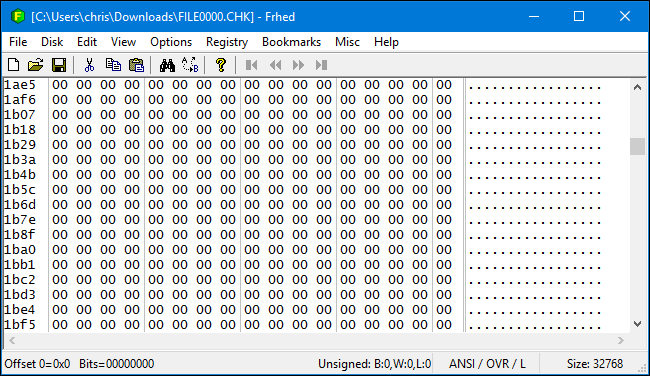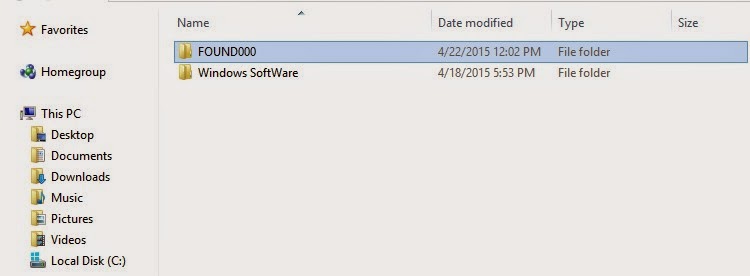

You can read more about this and FileCHK here.Ģ] FileCHK is about as simple a tool as it gets, and has no options or interface at all.

These file recovery software are able to recover CHK files by checking the headers of the files and identifying what the type of file is and what its original extension should be.ġ] UnCHK is a free CHK file recovery tool that is able to help you restore CHK files for around 25 different file formats to their original extension. You can recover files from FOUND.000 folder in Windows 10 by using third-party tools. Although sometimes a CHK file cannot be recovered successfully because it has been too badly damaged, many of them can be used again, but you need to find out what type of file each one is and the correct extension needs to be applied. And if you try to open the CHK files, you will find they are completely inaccessible. The folder is hidden by default – you need to show hidden files/folders to be able to view the FOUND.000 folder in File Explorer. In the above image, you can see the FILE0000.CHK file.

chk files which it thinks have corruptions, and then gather those files into a Found.000 folder instead of deleting them. Usually, while scanning your disk for errors, Windows built-in CHKDSK tool will convert your data into. What is FOUND.000 folder? How to recover.

This uses file -mime (or file -I, or file -i on Linux) to determine the MIME type, then passes the line with both the filename and the MIME type to Perl, which uses a regular expression to capture the base name (like FILE0001) and the file type (like jpeg) and prints a line like FILE0001.CHK /tmp/renamed/FILE0001.jpeg. Then, for the types you want to keep: mkdir /tmp/renamed Tested on OS X: file -mime -b /media/Daten/FOUND.*/*.CHK | sort | uniq To recover specific file types, first see what's there.


 0 kommentar(er)
0 kommentar(er)
